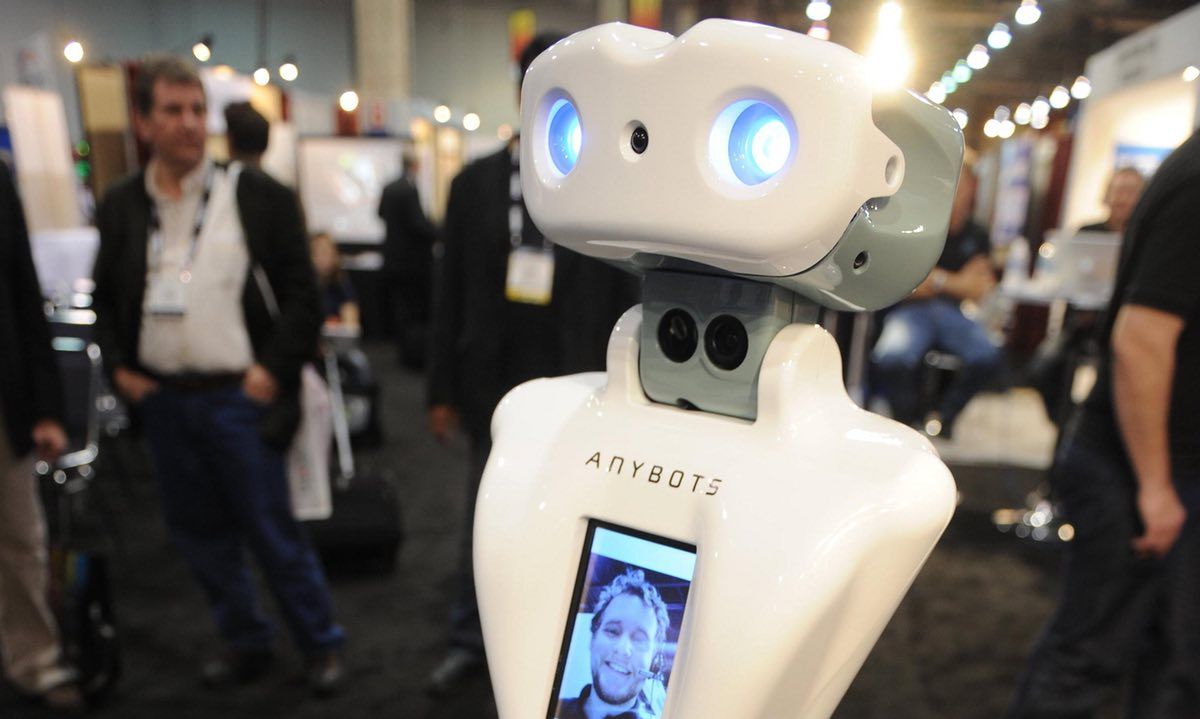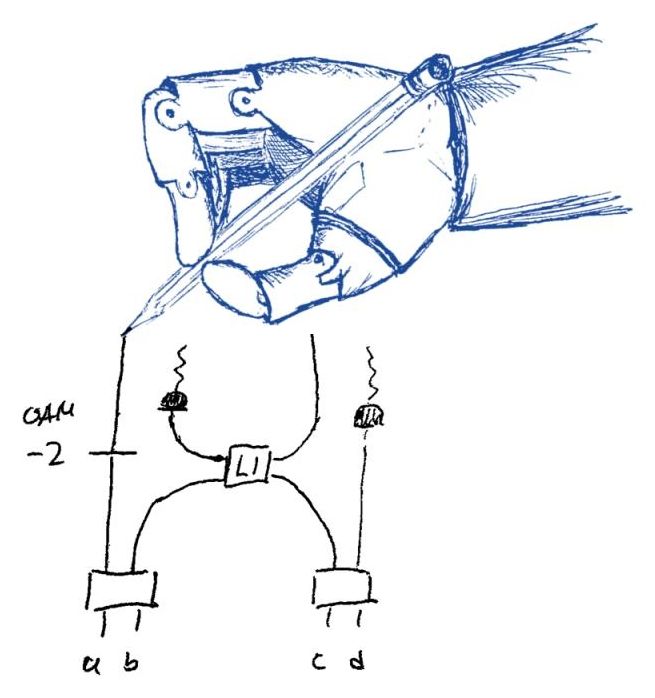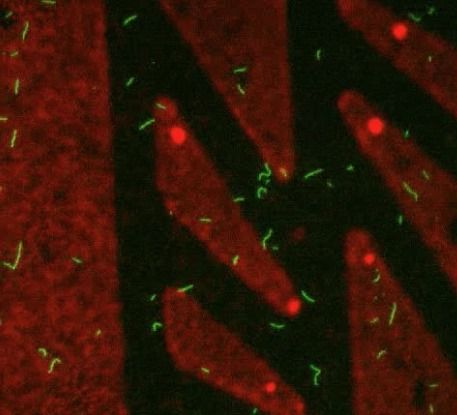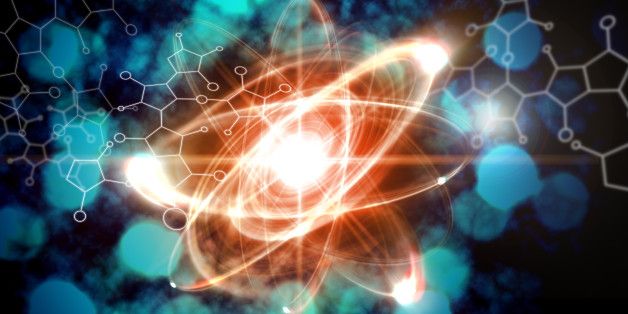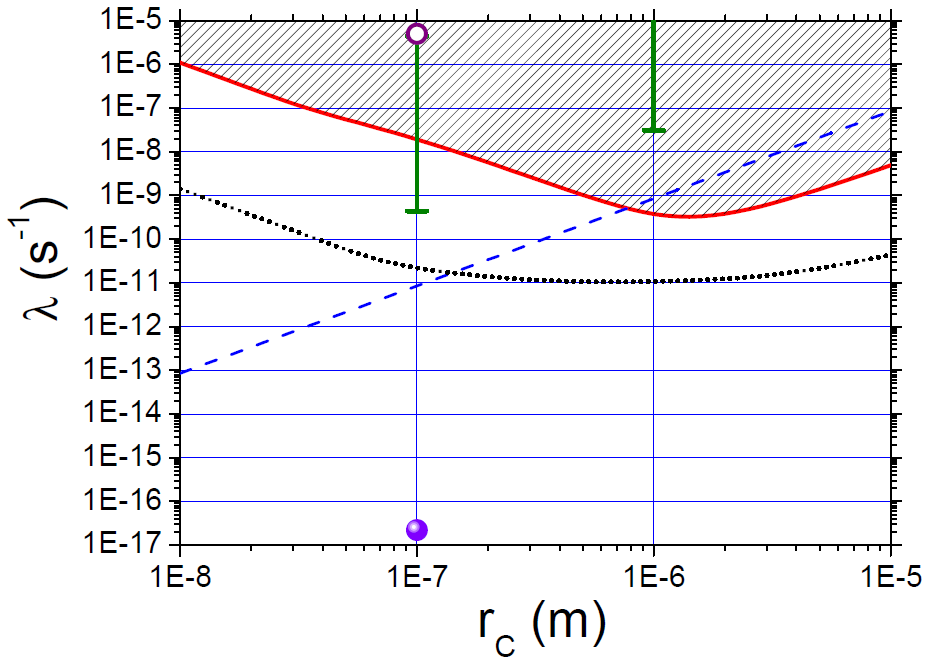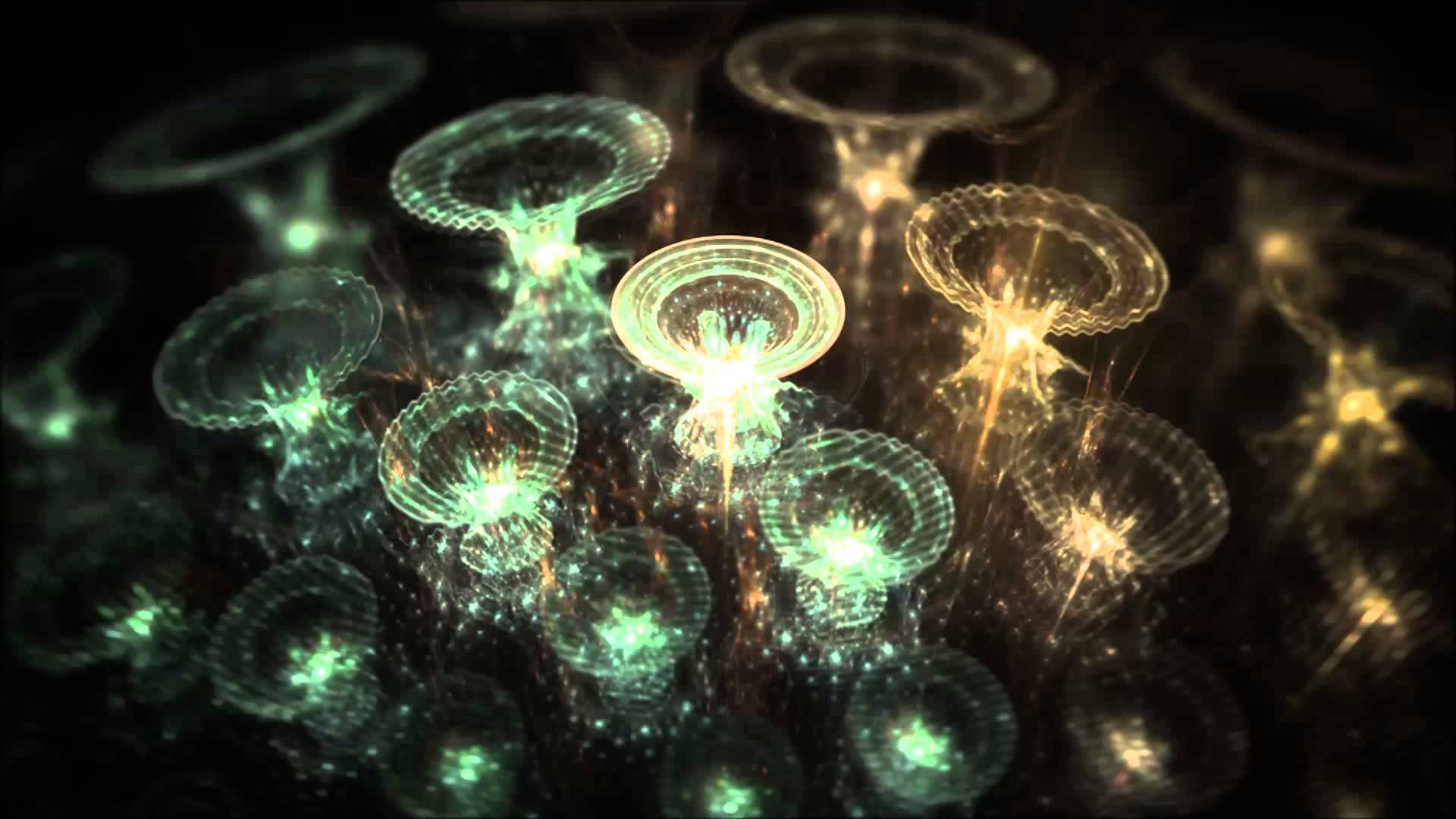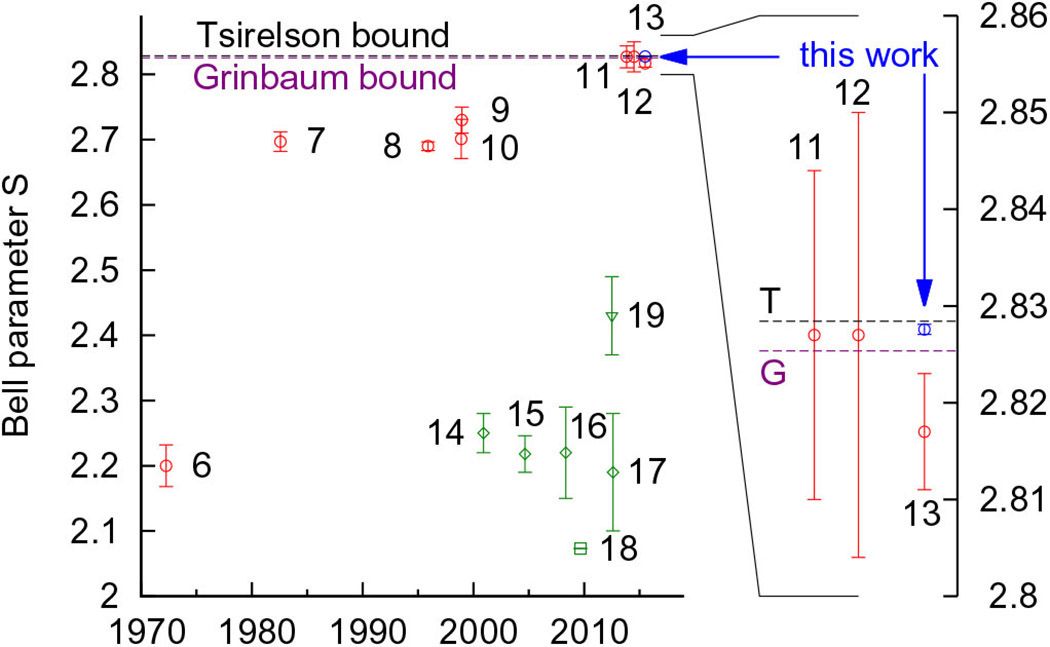Feb 25, 2016
Is this the future of work? Scientists predict which jobs will still be open to humans in 2035
Posted by Karen Hurst in categories: computing, employment, government, quantum physics, robotics/AI, security, space, virtual reality
1st; we all know in 30 years anything can change, wars can be fought & lost, natural disasters can occur, etc. However, posting for everyone’s amusement. 30 years ago which would be 1986; no one thought USSR would be broken up, 9/11 would happen creating the US Homeland Security, Lybia & Eygpt would overthrow their own leaders, that US Space missions would be outside the US Government, hacking at the levels we have today creating the CISO roles, of VR technology would exist, DNA and CRISPR would be discovered, etc.
So, who really knows what jobs will be fully automated v. not in 30 years or even created as a result of Quantum technology (Computing, Networking, Q-Dots for numerous thing that are not only technology, etc.). Just a fun article to share with everyone.
CSIRO says the Australian workplace of the future will be increasingly digitally-focused and automated, with titles such as online chaperone.
